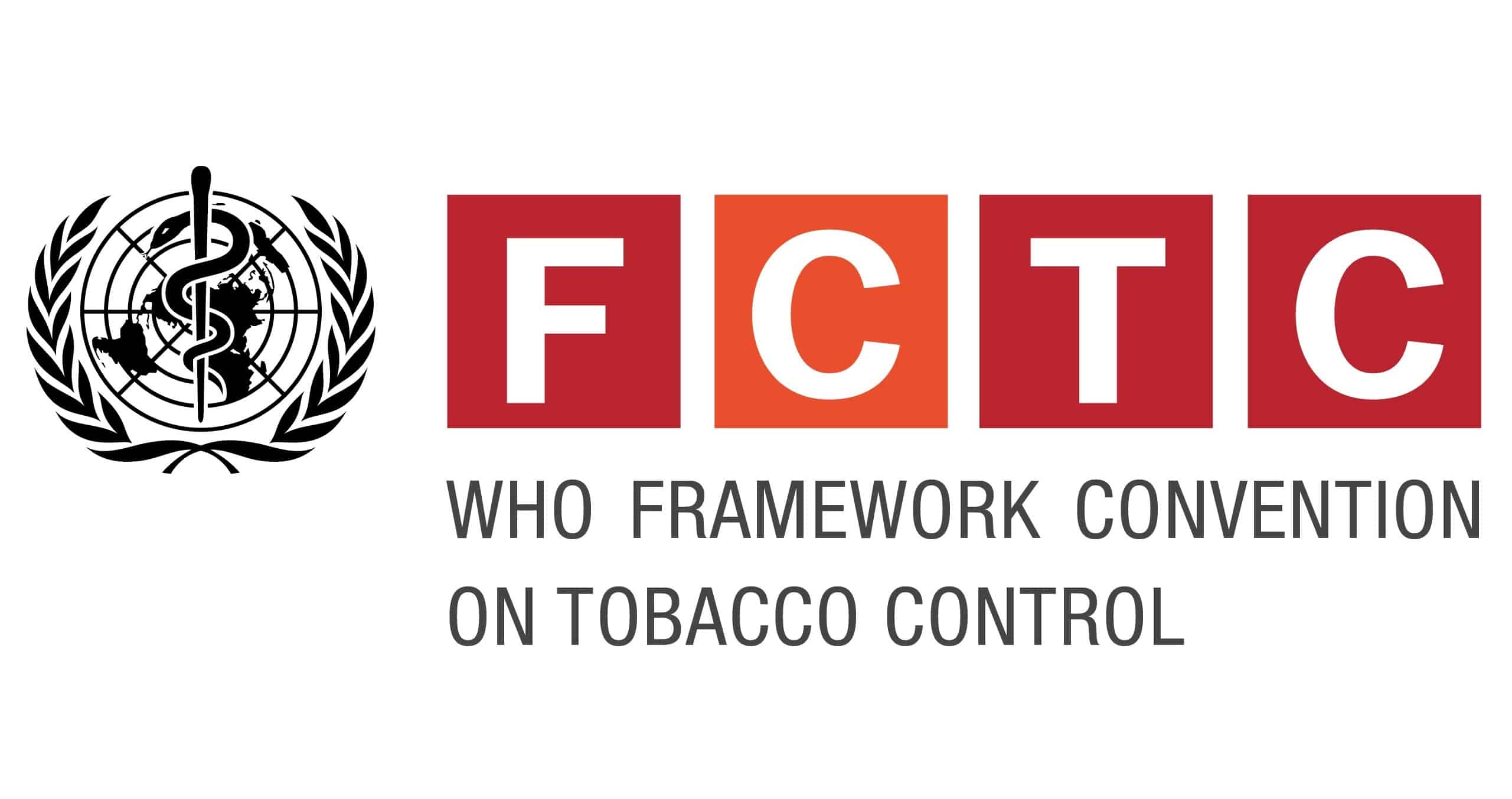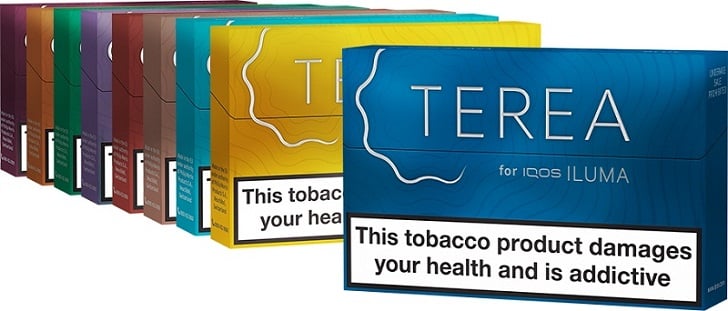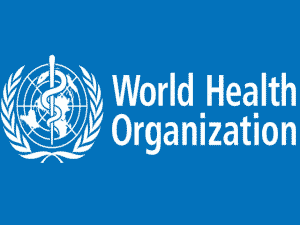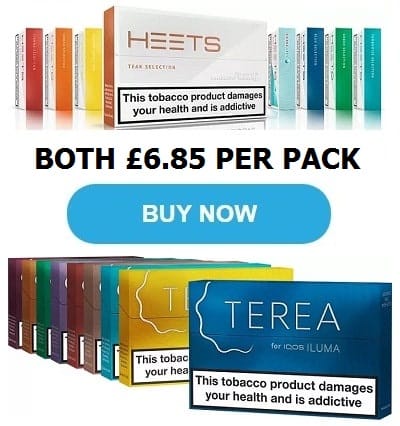
Bad news: FCTC will declare war on heat-not-burn (they just haven’t gotten organized yet.)
by Carl V Phillips, PhD.
The World Health Organization’s Framework Convention on Tobacco Control (WHO’s FCTC) is the most influential tobacco control enterprise in the world. Consumers in rich Western countries may not often notice FCTC’s impact because their dominant domestic tobacco control, such as the FDA in the US, are large and powerful enough to set their own agenda. But even in the West, FCTC’s agenda creates marching orders that a lot of tobacco control organizations follow. Thus, all heat-not-burn consumers should feel some trepidation about FCTC slowly getting organized to attack them. Their next attempt to attack heat not burn will be at the upcoming eighth session of the Conference of the Parties (better known as COP8) taking place in Geneva, Switzerland from 1st to 6th October 2018.
That “slowly” is the good news here. FCTC is a morass cheap-talk meetings, position statements, and bureaucracy (in the pejorative sense of the term). In theory it is an international treaty, but in practice it is a reactionary collection of people who would rather complain and make excuses for their failures than actually do the hard work needed to accomplish their goals.
The bad news is also embedded in that characterization, in “reactionary” and “their goals.” As I previously explored in detail, tobacco control in general, and FCTC in particular, is primarily concerned not about affecting consumers, let alone helping them, but with hurting what they call “the industry.” This mythical monolithic actor includes everyone who sells tobacco products, and if convenient for them, is expanded to include any consumer advocate or anyone else that questions their diktats. FCTC officially claims their goal is improving health, but this simply is not true, as evidenced by their active opposition to promoting the substitution of low-risk products for cigarettes.
They do not even recommend that policy interventions focus on cigarettes and other high-risk products. Instead, they explicitly insist that the same effort be devoted to discouraging all product use, regardless of risk. For example, they explicitly state that tax rates be the same on all products. While this is technically nonsense (what tax rate on a tin of snus or bottle of e-liquid is “the same” as a given tax on a pack of cigarettes?), the spirit of it is a clear lack of concern about health. One of the reasons so many Japanese switched to heat-not-burn is its favorable tax treatment (which might end).
FCTC declares their goals are diametrically opposed to those of industry, and spend as much energy focusing on attacking industry as on all anti-smoking policies combined. In some sense this is good news, because it slows them down a lot. But it makes them entirely reactionary, defining their policies in terms of industry actions: Whatever “the industry” tries to do, FCTC tries to interfere with. This is especially true for the major tobacco companies, which is to say, the companies that have introduced heat-not-burn devices. It does not matter to FCTC that people, not companies, want and use heat-not-burn; in their mind, attacking heat-not-burn use is attacking PMI and BAT. Consumers are an afterthought for them, at best.
One might hope that FCTC’s relative silence suggests they are not entirely opposed to a low-risk product that replaced almost 20% of the smoking in Japan and has made impressive inroads in other countries. But keep in mind that they did not get around to seriously attacking e-cigarettes until the last couple of years. They are slow, not flexible.
Amusingly, some of FCTC’s most emphatic policy recommendations focus on setting up research centers, what someone might call spy agencies, devoted to reporting on industry activities in a particular country or region. FCTC calls this “monitoring,” and the goal is to strangle innovations in their crib and be ready to “respond to myths created by the tobacco industry” (by which they mean “contradict anything said by industry, regardless of whether it is true or not”). The obvious subtext is “we blew it on e-cigarettes, and are only now managing to trick people into believing they are dangerous, so we have to get ahead of the next innovation.”
Of course, they already failed to do that with heat-not-burn. These are not good spy agencies. Their expensive monitoring efforts would have been more effective if they just had on staffer whose job it was to read Twitter.
Still, whatever industry wants to sell, FCTC will want to stop, and they will probably get organized about heat-not-burn over the next year. Their catch-up playbook is easy to predict based on what happened with e-cigarettes. It includes pressuring countries where the products are not yet popular to preemptively ban them, spreading disinformation about risks from the products, and demanding that all anti-cigarette efforts be expanded to cover the new product. Indeed, they will probably push for anti-cigarette efforts to be redirected to focus more on the low-risk product than on smoking.
The only policy area in which the FCTC agenda differentiates among tobacco products is smoking place bans, because the ostensible goal is trying to protect people from environmental smoke (never mind that their policies do not really protect people). They will inevitably lobby governments to include heat-not-burn products in all smoking place bans, even those that do not cover e-cigarettes.
To finish on a more optimistic note, regulators in many rich countries are much friendlier with big corporations than with their smaller competitors. FCTC hates PMI and BAT far more than they hate the independent vapor sector (though they are quite happy to destroy the latter also). US FDA, by contrast, has an institutional preference for dealing with big companies who can navigate the agency’s kafkaesque procedures. They would prefer to eliminate small vapor product companies (and are on a path to do so) and deal only with the majors.
FDA recently approved the sale of BAT’s current Eclipse heat-not-burn products, based on them being “substantially equivalent” to long-extant, though barely noticed, RJR products (as of last year, RJR is a wholly-owned subsidiary of BAT). They did not have to do this, and have denied “substantial equivalence” applications by smaller companies for reasons that could have been used in this case.
On the other hand, FDA is still sitting on PMI’s application to sell iQOS as a “modified risk tobacco product,” a more onerous approval process than “substantial equivalence.” They are already in violation of the legal deadline for responding to the application, and anything could happen. But the Eclipse approvals bode well. Positive outcomes can be expected in rich countries with self-confident regulators (and thus ignore FCTC pressure) who have a cozy relationship with big business. Unfortunately, most of the world’s smokers have little protection from the FCTC.
As passionate as we are about reduced risk products Heat Not Burn UK will campaign strongly for your own personal right to choose when it comes to harm reduction, as we believe the more options out there the better.











